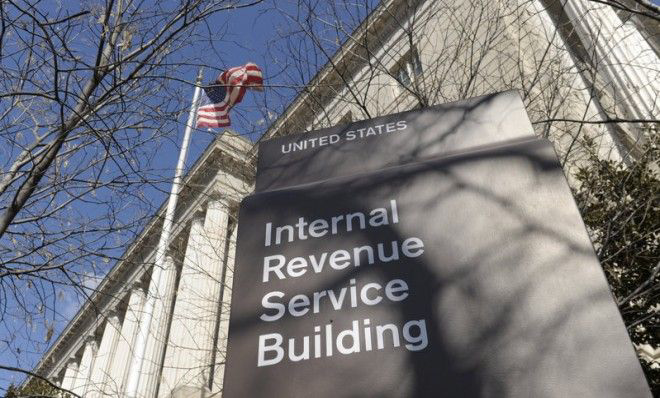Income Tax
Despite Recent Breach, Report Says IRS Getting Better At Detecting and Preventing Tax ID Theft
The extent of the IRS’s ability to stem this problem is still limited because it does not have access to third-party income and withholding information until well after tax return filing begins.
May. 28, 2015

The Internal Revenue Service (IRS) continues to improve its detection and prevention of identity theft tax return fraud, according to a new report publicly released today by the Treasury Inspector General for Tax Administration (TIGTA). The report was awkwardly timed to be released on the same week that the IRS announced that digital criminals may have accessed some tax information on up to 100,000 Americans.
The report noted that the extent of the IRS’s ability to stem the overall problem is still limited because it does not have access to third-party income and withholding information until well after tax return filing begins. The IRS continues to propose legislation to accelerate and expand its access to data that would further improve its detection efforts.
This review is a follow-up to a September 2013 TIGTA report. The overall objective of this review was to determine the effectiveness of the IRS’s ongoing efforts to detect and prevent identity theft at the time tax returns are processed.
TIGTA’s analysis of Tax Year 2012 tax returns identified 787,343 undetected potentially fraudulent tax returns with tax refunds totaling more than $2.1 billion that have the same characteristics as IRS-confirmed identity theft tax returns. In addition, TIGTA’s analysis continues to identify multiple tax returns with the same address and/or bank accounts which were not identified by the IRS’s cluster-filtering tool.
Also, Individual Taxpayer Identification Numbers (ITIN) continued to be used to file potentially fraudulent tax returns. TIGTA identified more than 140,00 Tax Year 2012 tax returns filed by individuals using an ITIN that had the same characteristics as IRS-confirmed identity theft tax returns. These tax returns resulted in the issuance of approximately $375 million in potentially fraudulent tax refunds.
J. Russell George, the Treasury Inspector General for Tax Administration, noted that the IRS recognizes that new identity theft patterns are constantly evolving and, as such, it needs to continue to adapt its detection and prevention processes. “Undetected tax refund fraud results in significant Federal outlays and erodes taxpayer confidence in the Federal tax system,” he said.
TIGTA recommended that the IRS continue to evaluate clustering filters to ensure that they properly identify tax returns with multiple uses of addresses and/or bank accounts; expand identity theft filters to address filing patterns that may indicate that a tax return is related to identity theft; and outline specific actions and time frames for implementation of a process to deactivate ITINs assigned prior to Jan. 1, 2013, including ITINs assigned to individuals who are now deceased.
The IRS agreed with TIGTA’s recommendations and plans to continue evaluating identity theft-related fraud trends and review fraud filter performance to improve its clustering process. The IRS also plans to develop an action plan to deactivate ITINS.
